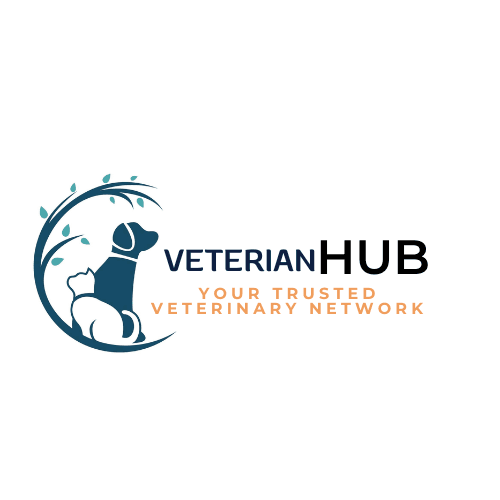Currently Empty: ₨ 0
📖 Introduction
Livestock farming is the backbone of agriculture and food security worldwide 🌍. Healthy animals mean higher milk yield, better meat production, and stronger economic growth for farmers. But one of the biggest threats to livestock is disease outbreaks. Diseases like Foot-and-Mouth, Hemorrhagic Septicemia, and Enterotoxemia can wipe out entire herds if left unchecked.
👉 The solution? Timely vaccination. This guide explains the 2025 vaccination schedule for cows 🐄, goats 🐐, and sheep 🐑, along with tips for disease prevention, storage of vaccines, and awareness for farmers.
🧪 Why Vaccination is Important for Livestock?
Vaccination is not just about protecting one animal — it protects the entire herd.
✔️ Prevents deadly diseases
✔️ Improves productivity (milk, meat, wool)
✔️ Reduces treatment costs
✔️ Increases animal lifespan
✔️ Ensures food safety for humans
🐄 Common Vaccines for Cows (Cattle)
Cows are highly vulnerable to viral and bacterial infections. These are the essential vaccines:
1. Foot-and-Mouth Disease (FMD) – Twice a year
2. Hemorrhagic Septicemia (HS) – Before rainy season
3. Black Quarter (BQ) – Annually
4. Brucellosis – Female calves (4–8 months age)
5. Theileriosis (in some regions) – Once in lifetime or booster as advised
🐐 Essential Vaccines for Goats
Goats are highly susceptible to bacterial and viral outbreaks. Key vaccines:
1. Peste des Petits Ruminants (PPR) – Once yearly
2. Enterotoxemia (ET) – Twice yearly (pre-monsoon & post-monsoon)
3. Goat Pox – Once yearly
4. Foot-and-Mouth Disease (FMD) – Twice yearly
🐑 Important Vaccines for Sheep
Sheep farming requires strong vaccination schedules to avoid losses.
1. Enterotoxemia (ET) – Twice yearly
2. Sheep Pox – Once yearly
3. Foot-and-Mouth Disease (FMD) – Twice yearly
4. Anthrax (in endemic areas) – As per govt. recommendation
📅 Recommended Vaccination Calendar (2025)

“Livestock Vaccination Calendar 2025 showing monthly vaccines for cows, goats, and sheep including FMD, HS, BQ, PPR, Goat Pox, ET, and Anthrax.”
(Note: Local veterinary authorities may adjust according to disease prevalence in your region.)
🧊 Storage & Handling of Vaccines
✔️ Always keep vaccines refrigerated (2–8°C)
✔️ Do not expose to sunlight
✔️ Use sterile syringes and needles
✔️ Maintain cold chain during transport
🩺 First Aid & Post-Vaccination Care
– Animals may show mild fever or swelling at the injection site (normal reaction)
– Provide clean drinking water and rest
– Monitor animals for 24–48 hours
– Consult a vet if severe reactions occur
👨🌾 Farmer Awareness Tips
– Always keep a record of vaccinations (date, vaccine type, batch number)
– Do not vaccinate sick or pregnant animals without vet advice
– Mass vaccination campaigns are more effective than individual doses
– Coordinate with government veterinary services for free/subsidized vaccines
❓ FAQs
Q: Can I vaccinate my livestock during pregnancy?
A: Only with specific vaccines and vet supervision.
Q: How often should FMD vaccine be given?
A: Twice a year (every 6 months).
Q: Do vaccines guarantee 100% protection?
A: No, but they greatly reduce severity and spread of diseases.
🔚 Conclusion
Livestock vaccination is not just a choice, it’s a responsibility ✅. By following the 2025 vaccination schedule for cows, goats, and sheep, farmers can protect their animals, increase productivity, and ensure food safety for communities.
👉 Remember: Prevention is always cheaper than cure.


